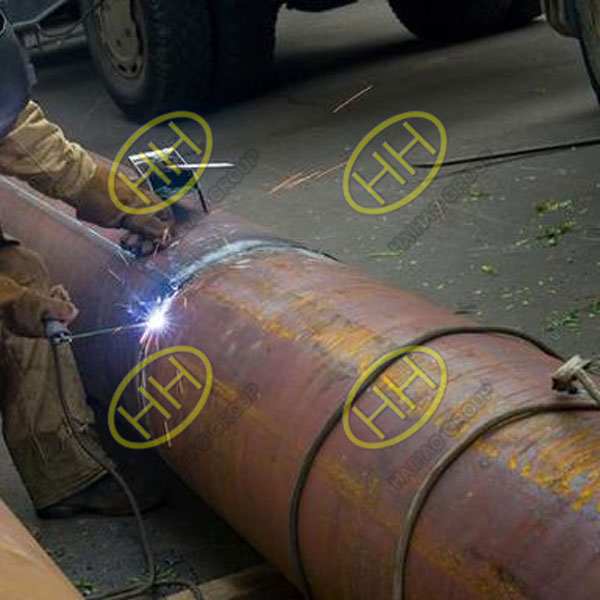The causes and effects of hardening in the heat-affected zone (HAZ) of welding
Hardening of the Heat-Affected Zone (HAZ) is a major concern in welding because it directly impacts the toughness, brittleness, and crack resistance of the welded joint.
What Causes HAZ Hardening?
The hardness of the HAZ is primarily determined by:
The chemical composition of the base metal
The cooling conditions during welding
Essentially, different metallurgical structures form depending on how quickly the material cools. These structures influence hardness levels.
The Role of Hmax
Since hardness testing is simple and practical, the maximum hardness value (Hmax), usually measured near the fusion line, is often used to assess HAZ performance.
A high Hmax can indicate potential problems with:
- Brittleness
- Crack susceptibility
- Reduced toughness
Even within the same phase, hardness can vary depending on factors like carbon content, alloying elements, and cooling rate.
Monitoring and managing HAZ hardness is vital for improving weld quality and ensuring long-term structural reliability.As an expert in the field of piping systems, Haihao Group often helps customers with some welding and prefabrication tasks. If you need these products, please feel free to contact us. Email:sales@haihaogroup.com
Related Articles:
Welding Heat-Affected Zone (HAZ) vs Weld Metal: Why the HAZ matters more than you think
Embrittlement in the Heat-Affected Zone (HAZ): Understanding the Threats

